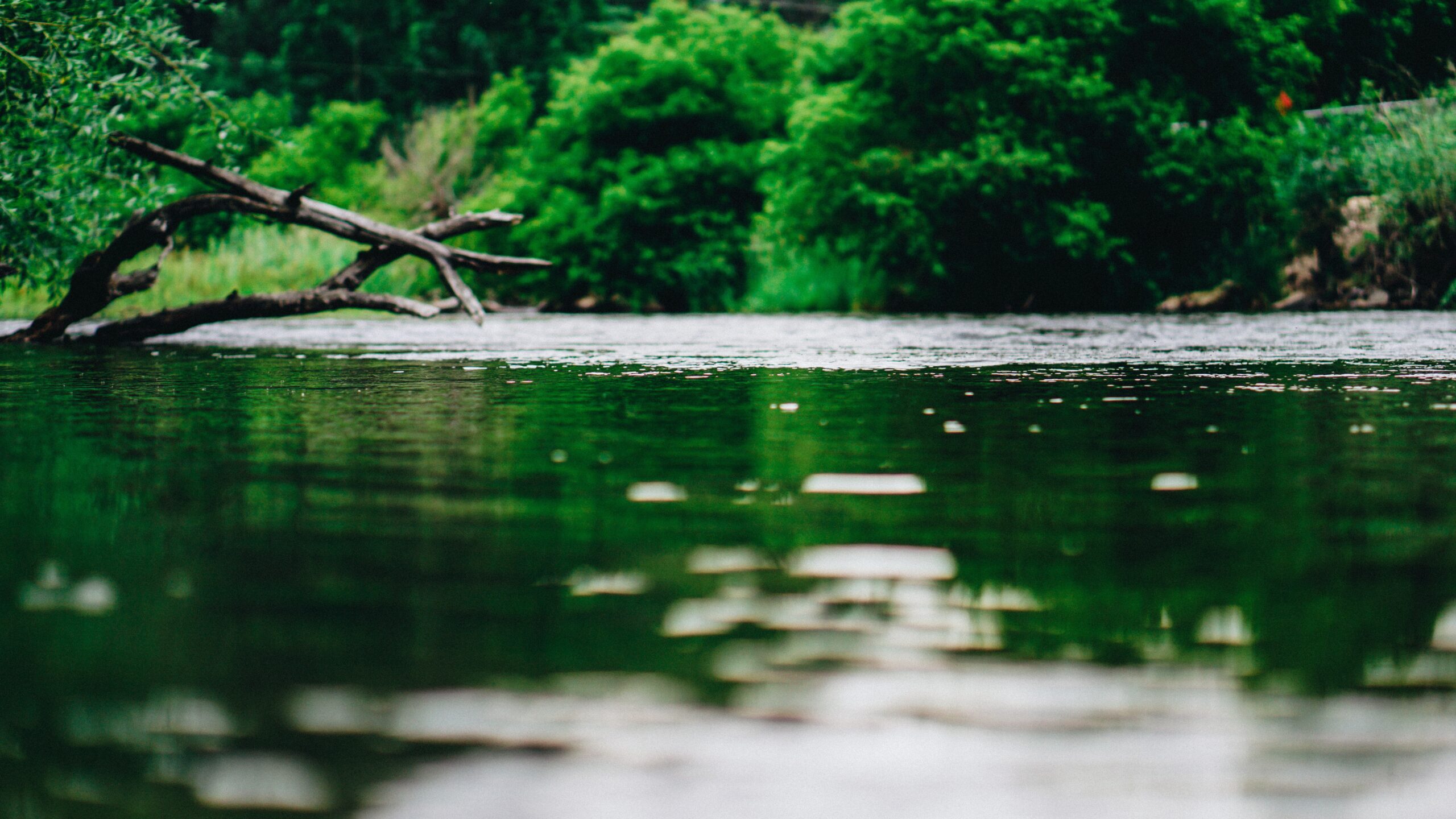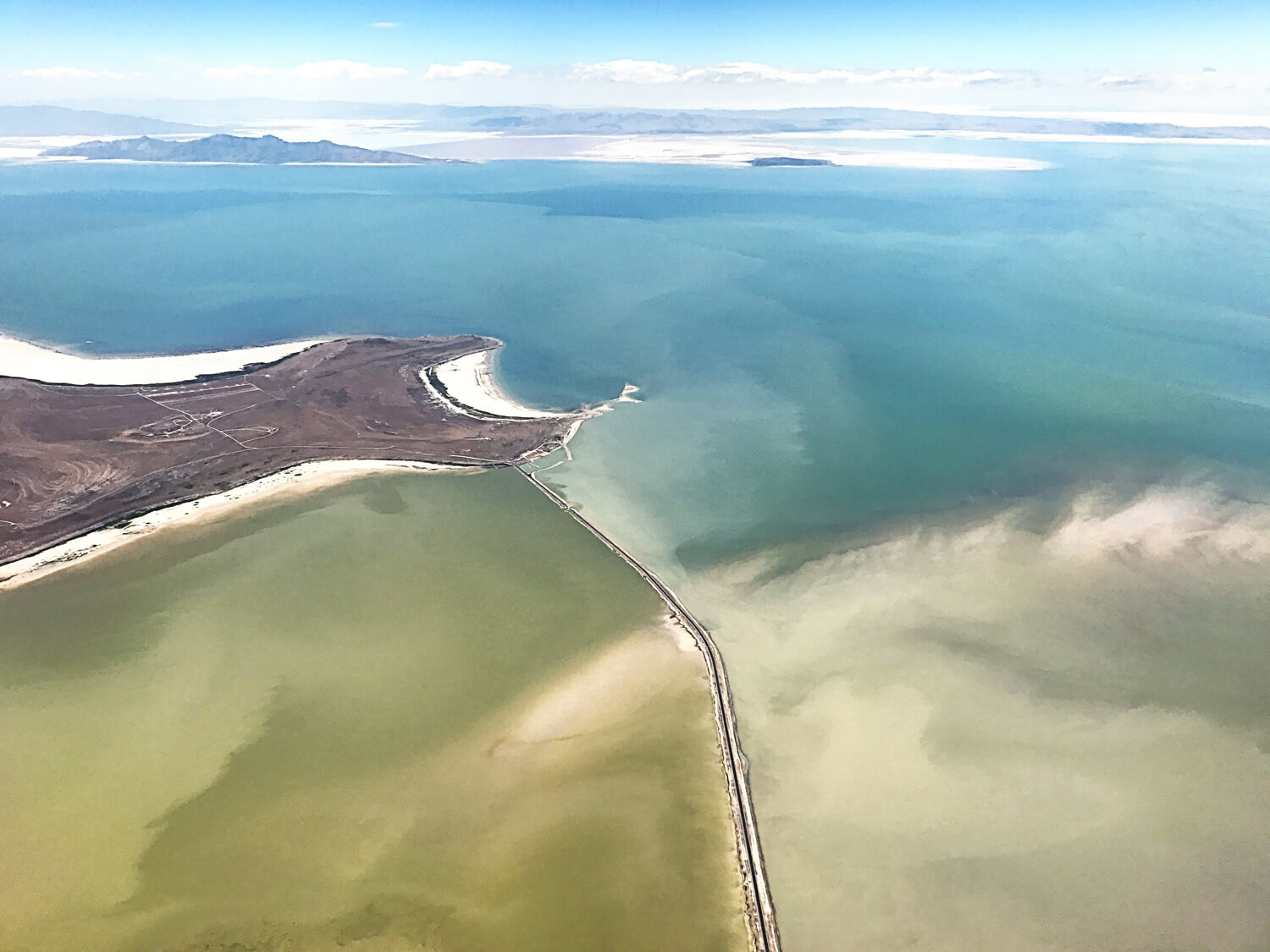The American frontier hasn’t closed yet, at least not when it comes to sportfishing. Angling remains open to all: Buy a fishing license, and you may fish as often as you want, wherever you can find your way to the stream or the sea. In popular fishing spots such as Alaska’s Kenai Peninsula, anglers crowd the riverbank shoulder to shoulder. Locals deride the pursuit as “combat fishing,” where participants must fend off other anglers before they can try to hook a salmon. Even if catch quotas ensure that enough fish survive to sustain the run, the quality of the anglers’ experience leaves much to be desired. What’s more, there’s little incentive for the anglers to be good stewards of the place where they fish.
It doesn’t have to be that way. On many European rivers, even sportfishing rights are privately owned. If you aren’t one of the owners and you want to cast your line into the waters, you must rent the right to do so-at prices that can exceed $1,000 per day.
Curious about how private angling might work and what it might mean for a salmon fishery, I journeyed this summer to the River Tweed on the Scottish-English border to take a look.
The Tweed’s system dates back to the twelfth century, when Scottish King David I first granted exclusive fishing rights to monks who fished for subsistence. Over time, monarchs parceled out salmon rights to dukes and other nobles, sold them to raise money, or awarded them in exchange for service to the Crown. Like any other property right, these “fishings,” as they are called, have been bought, sold, and bequeathed ever since, often separately from the adjoining land. Most are sportfishing rights, although a few commercial netting stations still remain active near the river mouth.
Today, the Tweed’s fishings are held by a total of about sixty owners, who each control salmon angling in a reach of river known as a “beat.” A beat is anywhere from half a mile to three miles in length, and can accommodate only a certain number of anglers, known in the trade as “rods.” Owners rent (or “let”) the right to fish on a specific date for a fee that ranges from £25 (about US$ 40) to £900 ($1,350) per day, depending on how close to the peak of the season, and how good the fishing waters are on that beat. “There is a premium on actually being able to catch a fish,” observes Tony Coleman, the chief of the river’s bailiffs (wardens). Fees to fish the Tweed reflect its reputation for good angling, with the highest annual catch of any British salmon river.
Those fishing fees aren’t pure profit for the owners, however. Owners supply a guide who shows the anglers to the fishing holes and acquaints them with local fishing rules and practices, although he doesn’t necessarily stay with the angler all day. Most importantly, the guide keeps track of the number of fish landed, since the owners pay a levy to the River Tweed Commission based on their average annual catch-£46 (about $70) per fish per year. On the Tweed, where about 10,000 fish are landed each year, that assessment pays for poaching patrols, biological studies, and the core of the habitat restoration budget. “It’s a circle: We keep the fish going, which keeps the fishing going, which keeps the riparian owners going, ad infinitum,” Coleman says.
The system has evolved over the years to be selfpolicing and self-regulating, especially given the stability of rural British society. For instance, you might expect that owners would underreport the catch on their beat in order to shave the assessments they owe to the river commission. But few do so. Since levies are calculated on a five-year average catch, it would take several years for the underreporting to put a dent in their annual bill. Meanwhile, since monthly catch figures per beat are a matter of public record, underreporting owners would create an impression that the fishing on their beat is poor, lessening demand from anglers. (Those figures are available for many of the Tweed beats at an on-line booking site, www.fishtweed.co.uk. )
Underreporting would also reduce the value of an owner’s beat, which is calculated as a multiple of the average annual catch. “The capital value of a salmon today is in the region of seven or eight thousand pounds,” says Jennifer Lovett, treasurer of the Tweed Foundation and herself an owner of two prime beats in the middle Tweed. “So if you have a beat with a ten-year average of 300 fish, multiply by 8,000 pounds, and it has a capital value of 2.4 million pounds.”
Other feedback loops help to keep the fishing pressure in check. Although owners can decide unilaterally to increase the number of rods on their beat, they risk getting a reputation for squeezing too many people onto a stretch of river. After most commercial salmon netting had been phased out, some owners allowed more angling, but Lovett did not. “One wanted to see how other beats were performing where they had increased the rods,” she says in her understated British manner. Several of her clients came back to her beat after trying out a neighboring stretch of river that had doubled the number of anglers permitted, confirming her decision to hold her number of rods steady.
Even beyond market forces, informal pressure also helps forestall the temptation to rent a beat to more anglers. After all, those anglers could deplete the number of fish on neighboring beats. “If an owner were to put a lot of rods on, he would be generally frowned upon and his peer group of owners would feel pretty aggrieved about it,” explains James Leeming, a letting agent who books anglers onto the Tweed. “I think there would be a certain amount of persuasion to try to make him be sensible. But by and large, we haven’t had that problem.”
The owners are motivated to exert that pressure because they have a long-term stake in taking care of the salmon run. In this case, that abiding interest grows out of their property rights. (It helps, too, that the owners are mostly private individuals and smalltime syndicates with long investment horizons.)
The owners’ concern for the salmon led to some of the earliest water pollution laws in Britain, says Duncan Glen, who directs habitat restoration efforts for the Tweed Foundation. During the Industrial Revolution, numerous textile mills sprang up next to the Tweed (hence the name of the fabric), and their dye-works fouled the river. The Tweed’s main tributary was “oozing, not flowing-a mere sluggish injection between ink-scummed pools,” Glen recites, quoting the nineteenth-century poet John Ruskin. But pressure from the fishing owners catalyzed opposition to the dumping of this waste into the river. The owners had enough political clout and social standing that they could face down the industrialists who had an interest in continuing to pollute.
One consequence of the Tweed’s private fishing regime is that the best angling is available only to those willing and able to pay handsomely. For the rest of us, the options are to fish on a cheap day when few fish are in the river anyway, or to work through a local angling association. These clubs lease salmon fishing rights on a few beats and sublet them cheaply to their members. “The majority of the salmon fishings that are on [angling] association waters would not be what you would consider as A1, top-notch, but nevertheless, it’s still salmon fishing,” says chief bailiff Coleman. In one instance, the clubs are given the mid-week fishing rights on a prime beat as long as they pay the owner’s assessments resulting from any salmon that are caught.
Angling associations play an even more central role in the trout fishery. Unlike salmon fishing, these rights run with ownership of the adjacent riverbanks, but most are leased for the long term to local fishing clubs. These clubs control the number of anglers who can occupy each stretch of river and provide low-key oversight to ensure that anglers abide by the rules. Because they have a long-term right to fish that part of the river, Coleman says, “invariably, trout club members will take care of their own waters.”
That principle plays out differently in diverse societies-from the River Tweed to family-owned indigenous dip-netting sites on the rivers of the American northwest coast. On the Tweed, a subtle combination of social norms and economic forces continues to protect the salmon run, in an evolution of a system that has been in place for more than 800 years.
Seth Zuckerman writes for the Tidepool.org news service, a project of the Oregon-based group Ecotrust. Ecotrust promotes an ecologically sound economy for western North America’s rainforest region.



